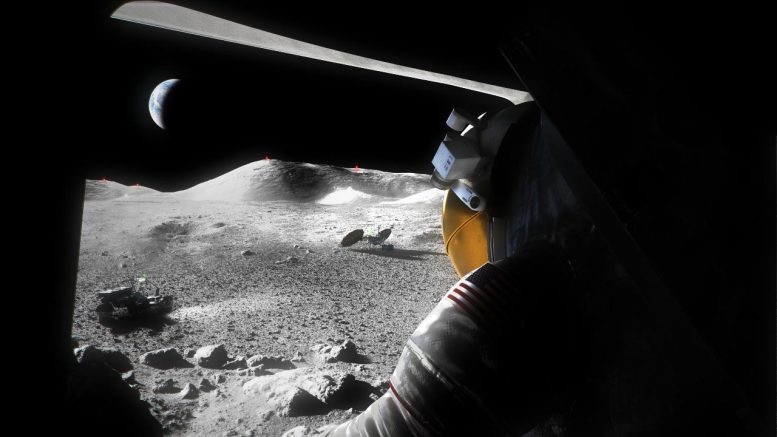
An illustration of a suited Artemis astronaut looking out of a Moon lander hatch across the lunar surface, the Lunar Terrain Vehicle and other surface elements. Credit: NASA
The Artemis II Moon mission crew visits D.C. …
Another partner to land humans on the Moon …
And preparing to get to the heart of “cosmic matter” …
A few of the stories to tell you about – This Week at NASA!
The Artemis II Crew Visits Washington, D.C.
The Artemis II astronauts were in the Washington, D.C. area May 17 through May 19 to discuss their upcoming Moon mission. NASA’s Reid Wiseman, Victor Glover, and Christina Hammock Koch, and the Canadian Space Agency’s Jeremy Hansen met with members of Congress, officials at the Canadian Embassy, and participated in other activities. Artemis II will be the first mission to fly astronauts to the Moon in more than 50 years.
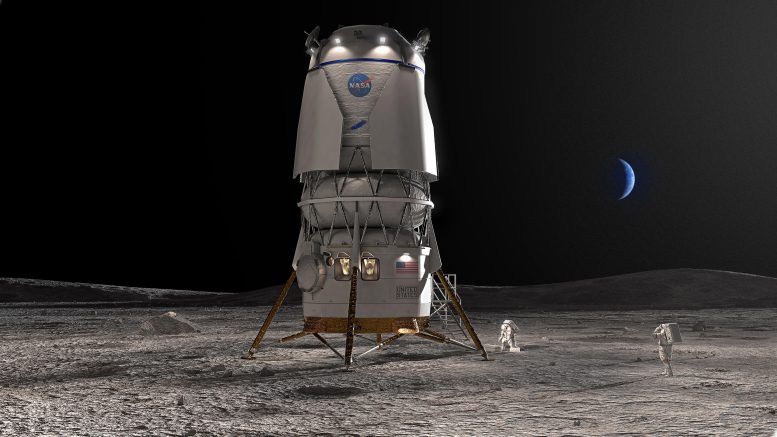
Artist’s concept of the Blue Moon lander. Credit: Blue Origin
Second Lunar Lander Partner Selected for Artemis
On May 19, NASA selected Blue Origin to develop a sustainable human landing system for the Artemis V Moon mission. The human landing system will transport astronauts to and from the lunar surface and Gateway in lunar orbit as part of NASA’s return to the Moon for science, exploration, and inspiration. The agency already is working with SpaceX to develop landers for the Artemis III and Artemis IV missions.
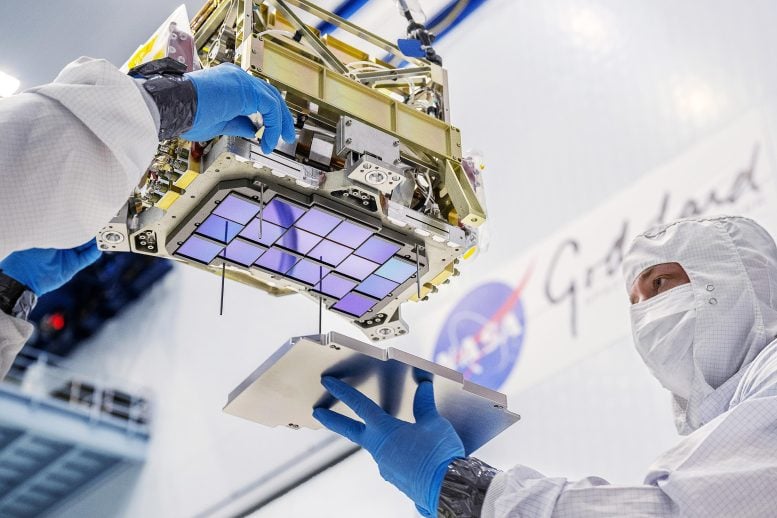
Principal technician Billy Keim installs a cover plate over the detectors for NASA’s Nancy Grace Roman Space Telescope. Credit: NASA/Chris Gunn
The Heart of Roman Space Telescope’s Primary Instrument
The Focal Plane System, or FPS, the heart of NASA’s Nancy Grace Roman Space Telescope, was recently delivered to Ball Aerospace in Colorado to be integrated into the telescope’s primary instrument – a giant camera called the Wide Field Instrument. Roman, which is targeted for launch by May 2027, will help unravel the secrets of dark energy and dark matter, look for exoplanets, and carry out other infrared investigations of the cosmos.
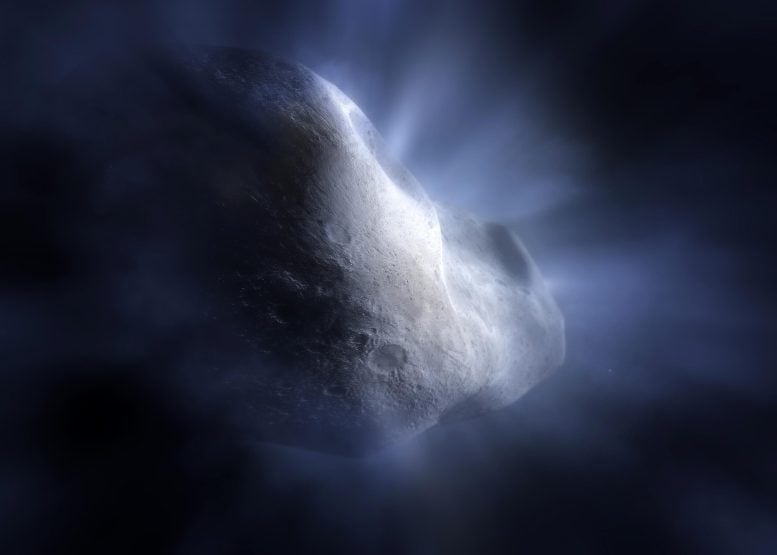
This illustration of Comet 238P/Read shows the main belt comet sublimating—its water ice vaporizing as its orbit approaches the Sun. This is significant, as the sublimation is what distinguishes comets from asteroids, creating their distinctive tail and hazy halo, or coma. It is especially important for Comet Read, as it is one of 16 identified main belt comets found in the asteroid belt, as opposed to the colder Kuiper Belt or Oort Cloud, more distant from the Sun. Comet Read was one of three comets used to define the class of main belt comets in 2006. Credit: NASA, ESA
Webb Finds Water and Mystery in Rare Main Belt Comet
Researchers have used NASA’s James Webb Space Telescope to confirm water vapor around a comet in the main asteroid belt – a rare so-called main belt comet – for the first time. This finding indicates water ice from the ancient solar system can be preserved in that region of space, which is closer to the Sun than where most comets are typically located. Now, researchers will try to figure out why, unlike other comets, this one had no detectable carbon dioxide.
That’s what’s up this week @NASA!


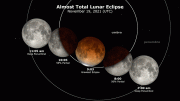
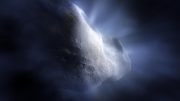
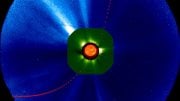

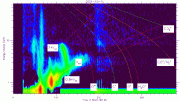
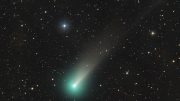
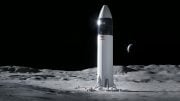
It’s a minor thing to most, but the headline “This Week @NASA: Webb Finds Water and Mystery, Partner To Land Humans on the Moon”, makes it sound like Webb was used to look directly at the moon for water traces. Was that on purpose? Of course it was. If used to look at the moon it might burn out Webb’s sensitive instruments.